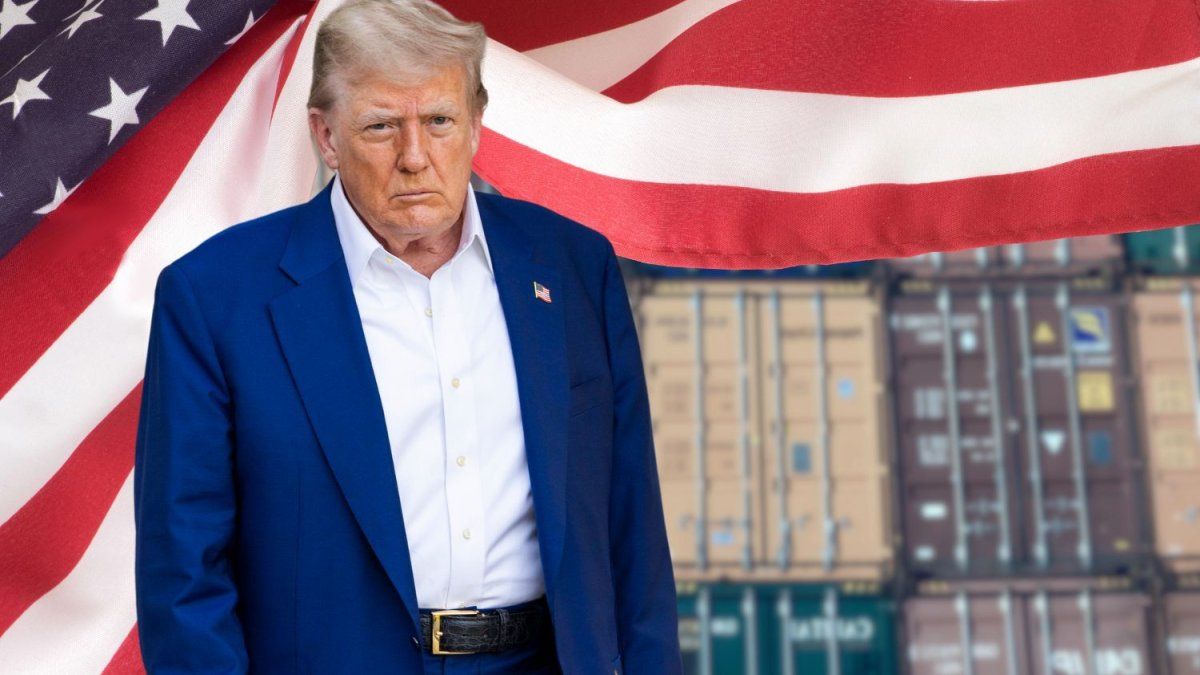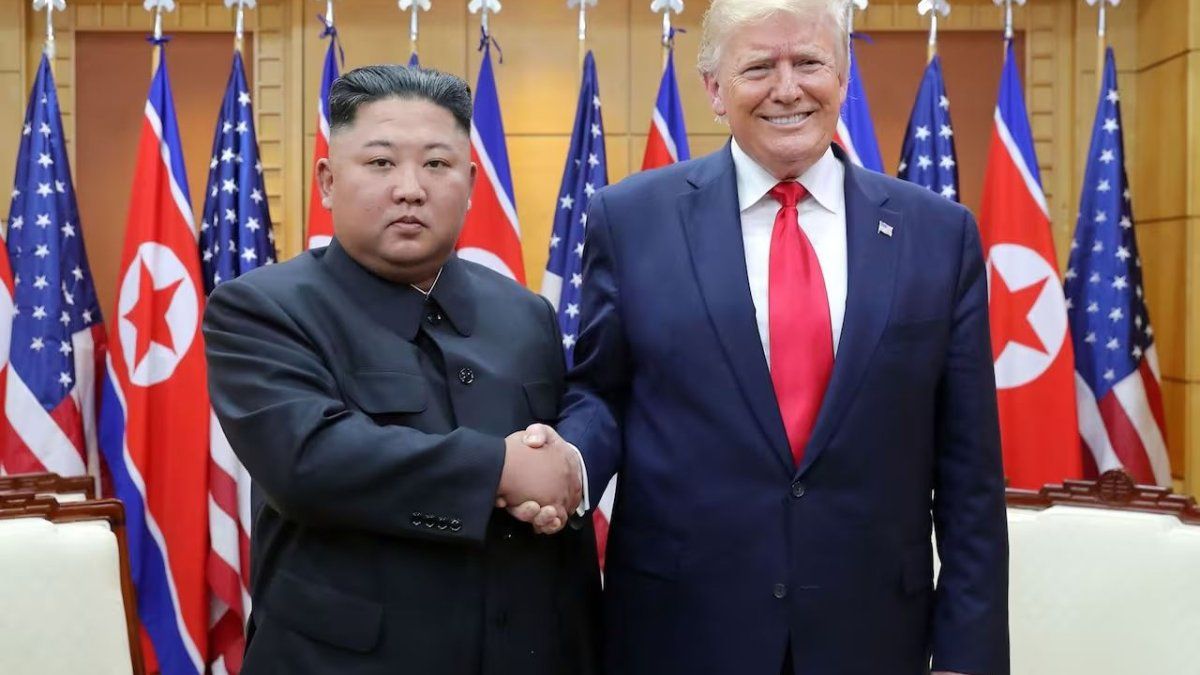The commercial partners of USA They try to close an agreement with the unpredictable administration of the president Donald Trump, just a week before the pause decreed in their duty.
Trump announced in early April his so -called “reciprocal” tariffs against the rest of the world: a minimum surcharge of 10%, which rises to 50% for countries that export more to the United States than they matter in American products.
The Republican president suspended his highest rates for 90 days, But they are likely to be in force again on July 9. According to experts, There are three possible scenarios: Reach an agreement with Washington, obtain an extension or face higher tariffs.
Agreements “Marco”
“There will be a set of agreements that we will reach before July 9”declared the Secretary of the Treasury, Scott Besent, on Friday at the CNBC. The official repeats for weeks that Washington has focused on reaching agreements with about 18 key partners.
“Vietnam, India and Taiwan are still promising candidates for an agreement,” The vice president of the Institute of Policy of Asian Society (ASPI), Wendy Cutler, declared AFP. Is that if an agreement, the Vietnam’s reciprocal tariff increases from the 10% to 46%, that of India at 26% and that of Taiwan at 32%.
Josh Lipsky, Expert from the Atlantic Council analysis group, is based on the recent extension of the visit of Indian negotiators to the United States. “It looks like one of the main candidates”said.
“Japan was in that category, but the situation has retreated a bit“Lipsky said, referring to Trump’s criticism on Monday about what the president called Japan’s reluctance to accept US rice exports. Analysts consider unlikely that the agreements become full -fledged commercial agreements.
Since April Washington has only announced a framework agreement with the United Kingdom and agreed with China to temporarily reduce retaliation tariffs.
Additional term
According to Besent, the countries that negotiate in good faith can avoid exceeding the minimum surcharge of 10%. The decision will depend on Donald Trump, he specified.
South Korea seems to be well positioned to obtain an extension due to the ongoing political transition, said researcher Wendy Cutler. Josh Lipsky believes that many countries will also be fought from tariffs for a prolonged period.
Besent said that the Government may have completed all the agreements for Labor Day, which is held on September 1 in the United States. This was interpreted as a way to hint that many negotiations would continue after July 9.
Higher tariffs
Besent also warned that countries considered “recalcitrantes” They could see their exports affected by the “reciprocal” surcharge initially planned.
According to Cutler “Japan’s refusal to open its market to American rice, as well as the reluctance of the United States to reduce cars tariffs” could restore the 24% tax promised to Tokyo in April. Donald Trump did not rule it out. On Tuesday he said that Japan could face tariffs of “30%, 35% or the figure we decide.”
Josh Lipsky believes that the European Union also runs the risk of its products being taxed with higher taxes when entering US territory.
President Trump has mentioned a surcharge of up to 50%. ANDThe negotiator of the block of 27 countries, the European commissioner Maros Sefcovic, is in Washington this week to avoid this situation.
Source: Ambito




